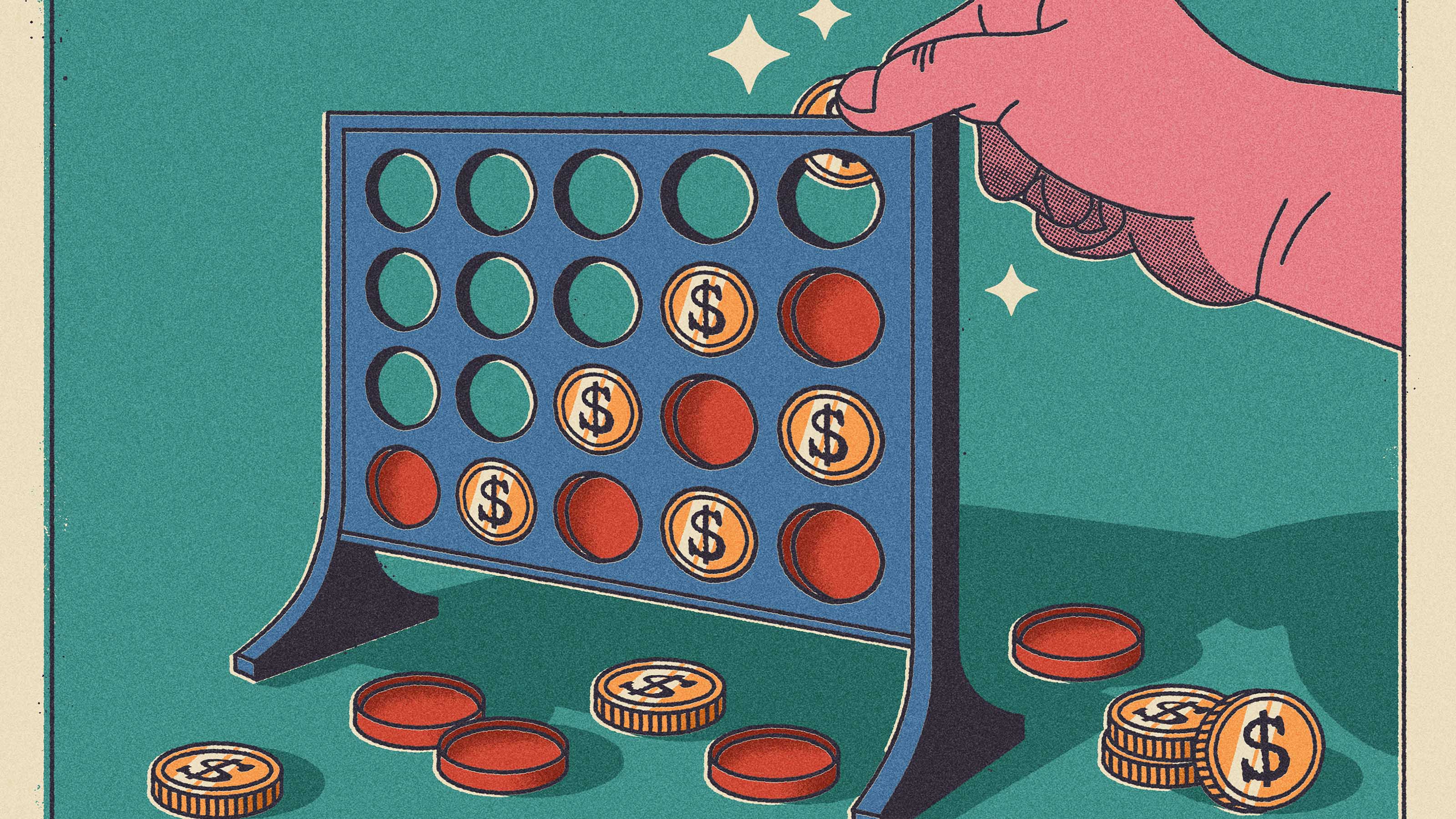Venezuela's Woes Ground Shares of Copa Holdings
After this year's plunge, shares of the Panamanian airline appear cheap, trading for just 10 times estimated 2015 earnings.

My Practical Investing portfolio has had a rough go of it lately. Although the portfolio has returned a respectable 15% annualized since it was launched three years ago, it lags Vanguard Total Stock Market ETF (VTI), which serves as my bogey, by an average of 2.2 percentage points per year.
Almost all of the portfolio’s woes are due to the results of three stocks: Acacia Research (ACTG), Copa Holdings (CPA) and Nu Skin Enterprises (NUS). If instead of spending $40,000 to buy these stocks I had simply kept the money in cash, my portfolio would be within spitting distance of its benchmark (figures are through October 3).
So what did I see in these losers, and why do I continue to hold them? I have already discussed Nu Skin, which crashed immediately after I bought it (see Two Surprising Value Stocks for Bargain Investors), so let’s jump to Copa. I’ll deal with Acacia next month.

Sign up for Kiplinger’s Free E-Newsletters
Profit and prosper with the best of expert advice on investing, taxes, retirement, personal finance and more - straight to your e-mail.
Profit and prosper with the best of expert advice - straight to your e-mail.
Copa is a Panamanian airline that, until recently, was the envy of the industry, at least when it came to profitability. Airline Weekly recently ranked Copa as the world’s most profitable airline, with a 22% operating profit margin (operating profits divided by revenues). That put Copa well ahead of the world’s second-most-profitable carrier, Spirit Airlines (SAVE), which has nearly quintupled and happens to be my portfolio’s biggest winner.
I bought 100 shares of Copa a year ago for $137.85 per share. I was feeling pretty good about the purchase in January, when the stock reached $163. The shares have since hit an air pocket and now fetch $113.
What happened? In a word, Venezuela. Copa derived about 15% of its revenue last year from flights into and out of the troubled South American country, which has been grappling with high inflation, shortages of everything from milk to toilet paper, and violent protests over an escalating crime rate. The Venezuelan government, in an effort to stem inflation, has imposed strict currency controls. And that has made it nearly impossible for Copa (and other companies doing business in Venezuela) to convert Venezuelan bolivars into dollars (one of Panama’s legal currencies).
As hopes for economic reform dimmed this year, a number of airlines, including Copa, American Airlines (AAL) and Delta Air Lines (DAL), cut the number of flights to Venezuela. Air Canada (AIDIF) pulled out of the country completely. So have other companies, including consumer-goods giant Clorox (CLX).
Copa now estimates that its Venezuelan capacity will be cut in half. And the carrier is requiring anyone who books a flight to or from Venezuela to pay the fare in U.S. dollars, says Bob McAdoo, an analyst with Imperial Capital, an investment banking firm in Los Angeles.
Earnings squeeze. A reduction in the number of flights to what was once a profitable destination will compress Copa’s operating profit margin to a still solid 18% to 19%, McAdoo estimates. These service cuts are likely to slow Copa’s previously enviable earnings growth rate to single-digit percentages, at least in the near term. But after this year’s plunge, the stock appears cheap. It trades for just 10 times estimated 2015 earnings and yields an above-average 3.4%.
McAdoo thinks investors are over-reacting to Venezuela’s economic problems. The stock’s plunge “doesn’t make sense,” he says. “Investors can deal with bad news, but they’re terrible with uncertainty. And that’s what we’ve got.”
McAdoo maintains his “buy” recommendation on Copa and has a one-year price target of $175. I think his target is overly optimistic. But I still like the company and am happy to hold such a reasonably priced stock. I’ll cross my fingers and hope that patience pays.
Get Kiplinger Today newsletter — free
Profit and prosper with the best of Kiplinger's advice on investing, taxes, retirement, personal finance and much more. Delivered daily. Enter your email in the box and click Sign Me Up.

-
 12 Investments No Retiree Should Make
12 Investments No Retiree Should MakeIn retirement, when it's wise to take fewer risks with your nest egg, some investments are just nuts.
By David Rodeck
-
 What the Capital One Discover Merger Means for Your Wallet
What the Capital One Discover Merger Means for Your WalletThe Capital One Discover merger reshapes the credit card landscape and could impact your credit card rewards, interest rates and card perks.
By Paige Cerulli
-
 I Have $20,000 to Invest. What Should I Do?
I Have $20,000 to Invest. What Should I Do?We asked a financial expert to weigh in on where to invest $20,000.
By Charles Lewis Sizemore, CFA
-
 How to Master Index Investing
How to Master Index InvestingIndex investing allows market participants the ability to build their ideal portfolios using baskets of stocks and bonds. Here's how it works.
By Nellie S. Huang
-
 16 Low-Cost ETFs to Buy
16 Low-Cost ETFs to BuyExpense ratios for index funds have declined in recent years, making them a cheap investing strategy to consider. Here are 16 low-cost ETFs to consider.
By Kyle Woodley
-
 How to Beef Up Your Portfolio Against Inflation
How to Beef Up Your Portfolio Against Inflationinvesting These sectors are better positioned to benefit from rising prices.
By Karee Venema
-
 Taxable or Tax-Deferred Account: How to Pick
Taxable or Tax-Deferred Account: How to PickInvesting for Income Use our guide to decide which assets belong in a taxable account and which go into a tax-advantaged account.
By Nellie S. Huang
-
 Smart Investing in a Bear Market
Smart Investing in a Bear Marketinvesting Here's how to make the most of today’s dicey market.
By Anne Kates Smith
-
 How to Open a Stock Market Account
How to Open a Stock Market Accountinvesting Investing can be fun, but you need a brokerage account to do it. Fortunately, it’s easy to get started.
By Rivan V. Stinson
-
 The Right Dividend Stock Fund for You
The Right Dividend Stock Fund for YouBecoming an Investor Dividend stock strategies come in many different flavors. Here's what to look for.
By Adam Shell